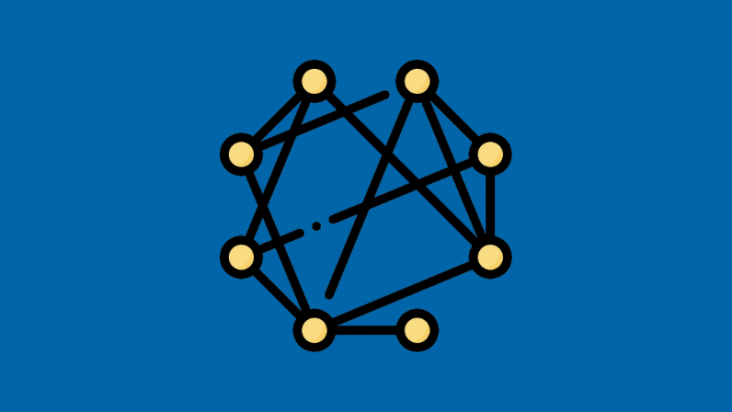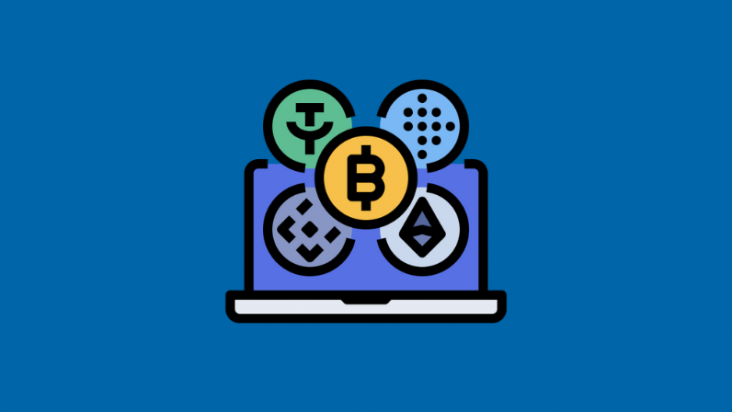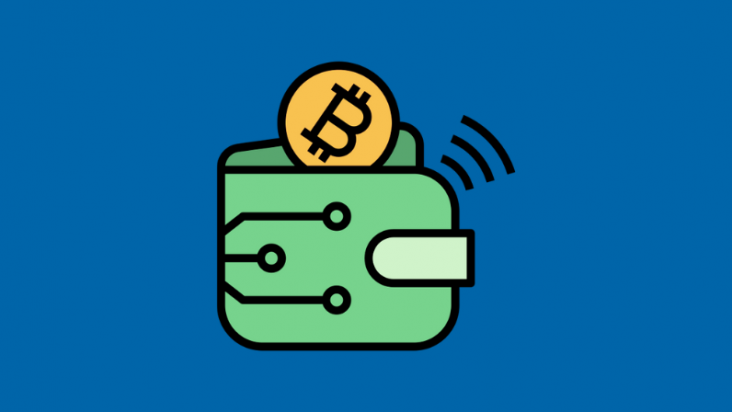Indie Game Marketing: Reaching Audience in a Crowded Market

The Materials section is a rich resource for individuals and organizations with a focus on data.
With thoughtfully curated articles, timely data releases, and a store stocked with ready-to-use data sets, this section caters to your data needs, empowering you to succeed in the dynamic world of data.
Our company information section provides comprehensive information about our services, pricing, team information, and contact details.
We aim to provide our visitors with all the information they need to make informed decisions about our services and build a strong relationship with our team.

Marketing is one of the most crucial aspects of the video game development cycle and a powerful tool on the path to success.
Every month, around 500 indie games are released, and those that cannot effectively market themselves quickly become lost amidst the crowd. It’s frustrating to invest a lot of time, effort, and resources into creating a game, only to find that your creation goes unnoticed.
The problem of market saturation is relevant to every independent developer, especially with limited budgets. Nevertheless, the modern world offers numerous opportunities for achieving success without the need for significant advertising investments. In this article, I intend to explore how marketing can become a means of achieving goals in this situation.

Understanding the needs and interests of the target audience allows for directing marketing efforts towards the aspects of your game that can most effectively captivate and satisfy your audience.
Creating a unique brand and style for your indie game is a key aspect that will help set your game apart from the vast competition.
For instance, let’s take Rayman Legends. What aspects of the game do you think are worth highlighting?
It’s not surprising that these three elements were highlighted in the game’s pre-release trailers.
Positioning your game allows players to understand what makes it unique and why they should choose it over other options in the market.
Key Aspects and Features: Identify the core characteristics of your game that will set it apart in the market. This could be innovative gameplay mechanics, a unique art style, or a deep storyline.
Message and Positioning: Develop a clear message about what makes your game special. Determine how you will communicate this message through marketing materials, trailers, descriptions, etc.
Craft an Elevator Pitch: Create a brief, impactful description that explains your game as succinctly as possible.
Here are a few elevator pitches used by indie developers in the past:

Promoting indie games on social media is an effective way to attract attention to your game. Here are a few popular social platforms you can use for promotion:
Creating appealing content is a key element of successful social media promotion. You should create content that is interesting and engaging for your target audience. Examples of such content include:

Engaging content and active interaction with your audience will not only expand your reach but also create a loyal and interested community around your indie game.
Partnerships and sponsorships can significantly enhance your marketing strategy, providing access to new audiences and resources. Platforms and methods you can use to find partners and sponsors include:

Collaborations can help you expand your audience and build mutually beneficial relationships. Collaboration methods include:
Collaborations will help you create synergy with other players in the industry, exchange resources and experiences, and increase the overall visibility of your indie game.
Discounts are an effective post-launch tactic. If you start lowering the price of your game before its release, the audience might worry about development issues. When the game is widely available and successfully leverages the marketing efforts invested, timely discounts can recapture attention as the initial excitement wanes.
Initial discounts should be enticing enough to persuade those who waited for a sale, yet not so substantial as to disappoint those who paid the full price. You wouldn’t want to sell the game for $20 at launch and then see it discounted to $6 within two weeks.
Timely discounts can reignite interest in your game and place it prominently on the Steam platform, attracting even more attention. By that time, you’ll have several community reviews that will help convince newcomers that it’s a worthwhile offer.
Building a functional marketing system is quite complex, but achievable. The key is not to be afraid of seeking effective methods. If the initial marketing strategy doesn’t yield results, it’s important to conduct an analysis, identify ineffective aspects, and replace non-performing tools. This approach will inevitably lead to results, and you will gain the attention your game deserves.

Many modern Web3 projects, especially metaverses and blockchain games, remain in beta testing for years: the team publishes frequent status reports, releases regular updates, promises major releases, yet a full-scale […]

The gaming industry is a form of mass culture, where players have a wide range of abilities. Accessibility is not a “checkbox feature” but a fundamental part of product design: […]

Initially, the term P2E (Play-to-Earn) was primarily associated with token farming: players in Web3 games received rewards simply for spending time in the game, usually through “token farming + selling […]

The years 2021–2022 marked the peak of the Play-to-Earn (P2E) industry. The mass enthusiasm for crypto games and the opportunity to earn from in-game tokens and NFTs attracted millions of […]

Cryptocurrency casinos have already ceased to be a niche “gimmick” and have become a large segment of iGaming. Over the past few years, the industry has adopted provably fair, accelerated […]

Thanks to blockchain technology, decentralized online casinos are gaining popularity among players, offering fairness, transparency, and full control over their funds. These innovative platforms open new opportunities for gambling enthusiasts, […]